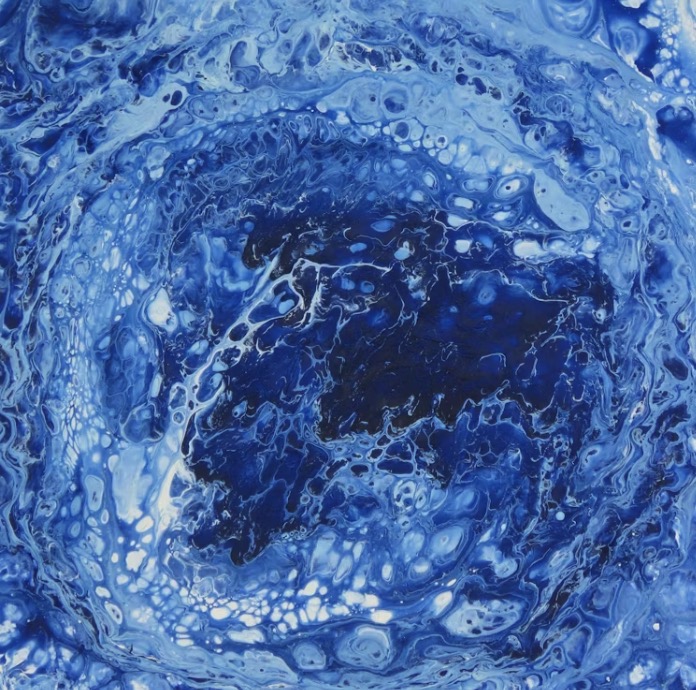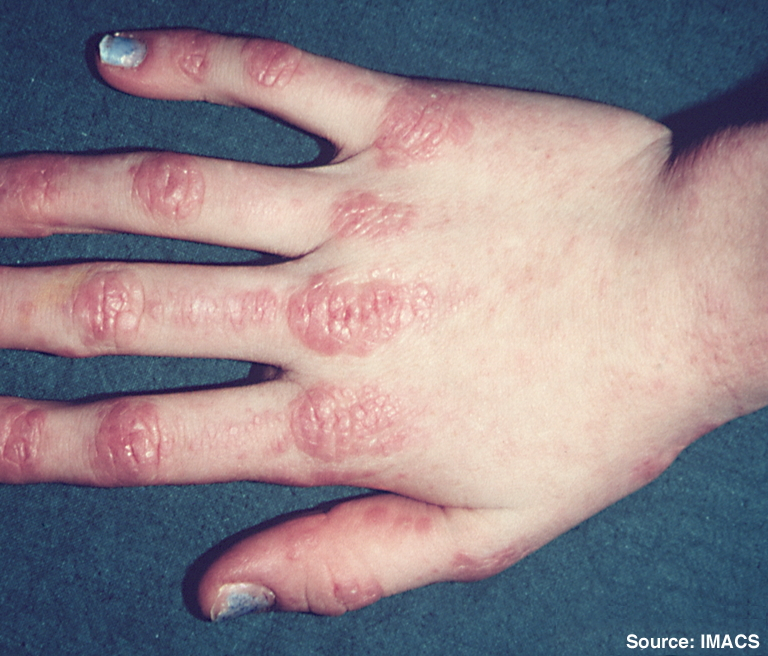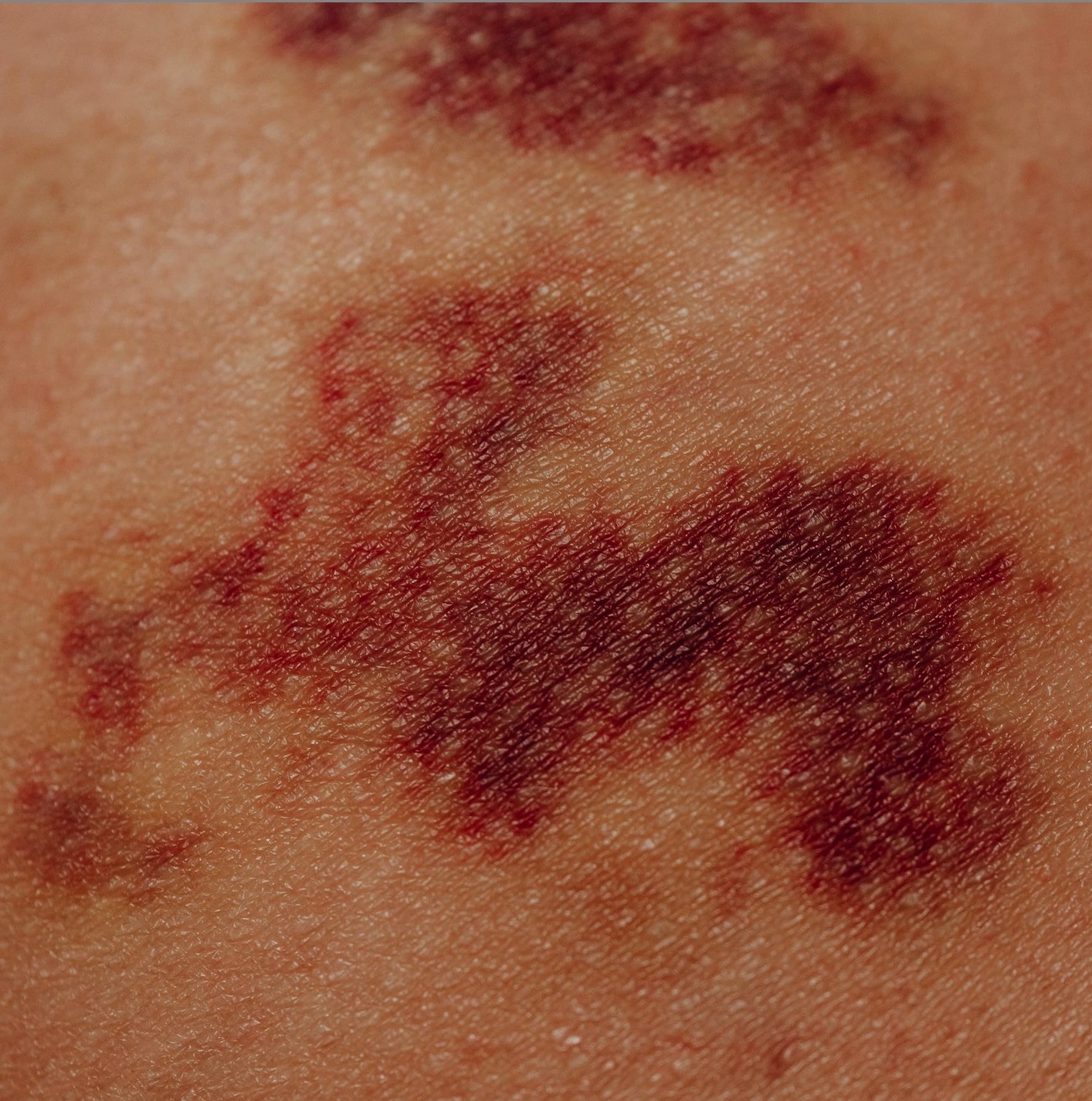Accuracy of synovial fluid analysis compared to histology for the identification of calcium pyrophosphate crystals: an ancillary study of the OMERACT US Working Group - CPPD subgroup

All claims expressed in this article are solely those of the authors and do not necessarily represent those of their affiliated organizations, or those of the publisher, the editors and the reviewers. Any product that may be evaluated in this article or claim that may be made by its manufacturer is not guaranteed or endorsed by the publisher.
Authors
The aim of this study was to evaluate the accuracy of synovial fluid analysis in the identification of calcium pyrophosphate dihydrate crystals compared to microscopic analysis of joint tissues as the reference standard. This is an ancillary study of an international, multicentre cross-sectional study performed by the calcium pyrophosphate deposition disease (CPPD) subgroup of the OMERACT Ultrasound working group. Consecutive patients with knee osteoarthritis (OA) waiting for total knee replacement surgery were enrolled in the study from 2 participating centres in Mexico and Romania. During the surgical procedures, synovial fluid, menisci and hyaline cartilage were collected and analysed within 48 hours from surgery under transmitted light microscopy and compensated polarised light microscopy for the presence/absence of calcium pyrophosphate crystals. All slides were analysed by expert examiners on site, blinded to other findings. A dichotomic score (absence/ presence) was used for scoring both synovial fluid and tissues. Microscopic analysis of knee tissues was considered the gold standard. Sensitivity, specificity, accuracy, positive and negative predictive values of synovial fluid analysis in the identification of calcium pyrophosphate crystals were calculated. 15 patients (53% female, mean age 68 yo ± 8.4) with OA of grade 3 or 4 according to Kellgren-Lawrence scoring were enrolled. 12 patients (80%) were positive for calcium pyrophosphate crystals at the synovial fluid analysis and 14 (93%) at the tissue microscopic analysis. The overall diagnostic accuracy of synovial fluid analysis compared with histology for CPPD was 87%, with a sensitivity of 86% and a specificity of 100%, the positive predictive value was 100% and the negative predictive value was 33%. In conclusion synovial fluid analysis proved to be an accurate test for the identification of calcium pyrophosphate dihydrate crystals in patients with advanced OA.
How to Cite
PAGEPress has chosen to apply the Creative Commons Attribution NonCommercial 4.0 International License (CC BY-NC 4.0) to all manuscripts to be published.












